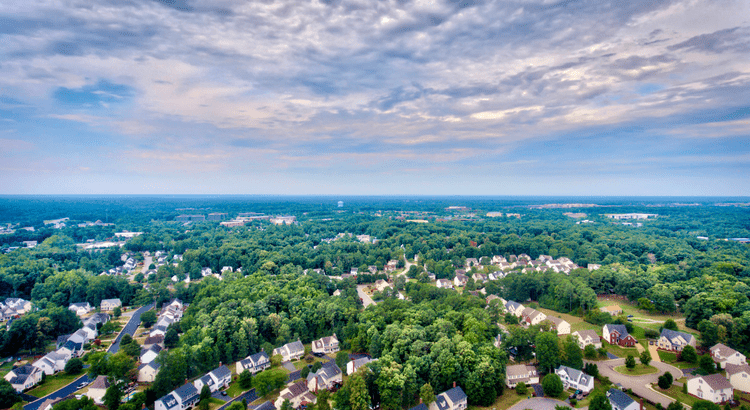How Mortgage Rate Volatility – And How to Navigate It
How Mortgage Rate Volatility Impacts Homebuyers and Sellers – And How to Navigate It
If you’ve been keeping an eye on mortgage rates, you’ve probably noticed how unpredictable they can be. One month, rates are climbing, and the next, they’re dipping slightly. These fluctuations impact both buyers and sellers, affecting affordability, home prices, and market activity.
Whether you’re considering buying or selling a home, understanding how interest rate changes impact the market can help you make smarter decisions. Let’s break down what’s happening and how you can navigate the changing mortgage landscape.
How Mortgage Rate Changes Affect Buyers and Sellers
For Homebuyers:
-
Your Buying Power Shrinks or Grows
Mortgage rates directly affect how much house you can afford. When rates rise, your monthly payment increases, meaning you may need to lower your price range. On the other hand, when rates drop, your borrowing power increases, making it easier to afford a home. -
Waiting Can Be Risky
Some buyers hold off on purchasing, hoping for rates to drop. While this can be a smart move in some cases, predicting the perfect rate is nearly impossible. If home prices keep rising, waiting could mean paying more for the same home later. -
Adjustable-Rate Mortgages (ARMs) May Become More Appealing
If fixed mortgage rates are high, some buyers turn to adjustable-rate mortgages (ARMs), which offer a lower initial rate. However, these rates can fluctuate after the fixed period, so it’s important to understand the risks before choosing this option.
For Sellers:
-
Higher Rates Can Reduce Buyer Demand
When mortgage rates increase, some buyers get priced out of the market or decide to wait. This can mean fewer offers and longer days on the market for sellers. -
The "Lock-In" Effect Can Limit Your Options
Many homeowners have low mortgage rates from previous years. If you currently have a 3% mortgage, the idea of selling and buying at a 6% or 7% rate can be unappealing. This "lock-in effect" reduces housing inventory, which can help keep prices stable but also limit new listings. -
Strategic Pricing Becomes More Important
When rates rise, some sellers need to be more flexible on pricing or offer buyer incentives, such as covering closing costs or offering a rate buy-down, to keep their home competitive.
How to Navigate Mortgage Rate Volatility
-
For Buyers:
- Get pre-approved to understand exactly what you can afford.
- Lock in a mortgage rate when you’re comfortable with the terms.
- Consider options like seller concessions, rate buy-downs, or ARMs if needed.
- Focus on the home, not just the rate. If the home is right for you, you can always refinance later if rates drop.
-
For Sellers:
- Price your home competitively from the start to attract serious buyers.
- Work with an agent to understand how local market conditions are being affected by rates.
- Be open to negotiations, including offering incentives like rate buy-downs or covering closing costs.
Final Thoughts
Mortgage rates fluctuate, but that doesn’t mean you have to put your real estate plans on hold. With the right strategy, buyers can find homes within their budget, and sellers can still attract motivated buyers. The key is to stay informed, work with an experienced real estate agent, and make decisions based on your long-term goals rather than short-term rate changes.
Categories
Recent Posts










GET MORE INFORMATION

